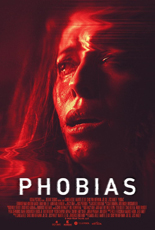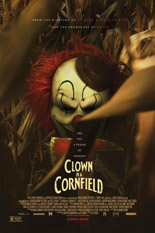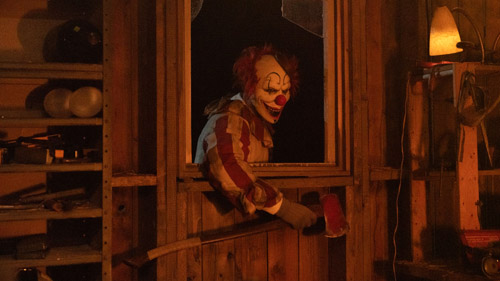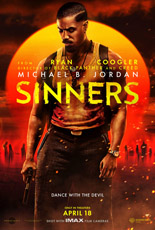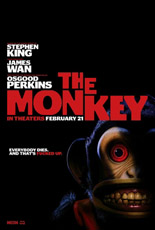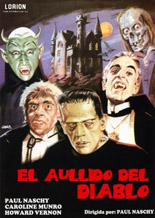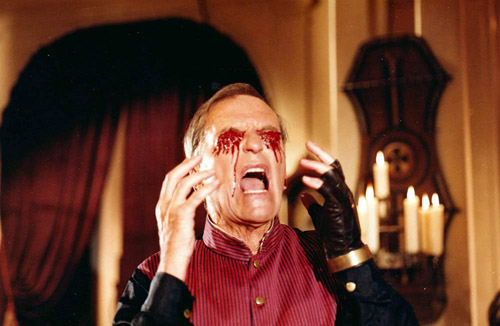
What are you afraid of? Outpost 37 wants to know. Wrapping around the five stories of Phobias, the government testing facility conducts experiments of extracting fear and turning it into a gaseous weapon. Anthologies have had dumber setups, but the well-crafted Phobias pays its more mind.
Have your dictionary of choice handy, because the segments arrive with the names “Robophobia,” “Vehophobia,” “Ephebiphobia,” “Hoplophobia” and “Atelophobia” (and I swear I didn’t sneeze while typing those). You’re likely able to guess what the first one is about — and if not, I’ll tell you: A Korean man (Leonardo Nam, The Fast and the Furious: Tokyo Drift) is befriended by an AI entity offering to take care of his racist bullies.
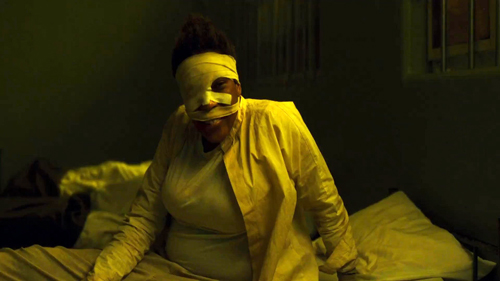
And the other stories, respectively? A jilted young woman (the Pitch Perfect trilogy’s Hana Mae Lee) is astonished to find a car that controls itself. A teacher (Lauren Miller Rogen, Sausage Party) is menaced in her own home by students angry at her extracurricular exploits. A cop (Martina García, ABCs of Death 2) is forever haunted after a child is mistakenly, fatally shot in a police raid. And singer Macy Gray runs an architecture firm — poorly, of course, given the subject matter.
Each ends on a note of shock or stress, yet something short of closure. Such is the feeling for the whole of Phobias. More tonally and visually cohesive than most anthologies these days, its bits come courtesy of the directors of Monster Party, Black as Night, Stray and The Astronaut, and in her first at-bat, actress Camilla Belle, perhaps best known as the beleaguered babysitter of 2006’s When a Stranger Calls remake. —Rod Lott

